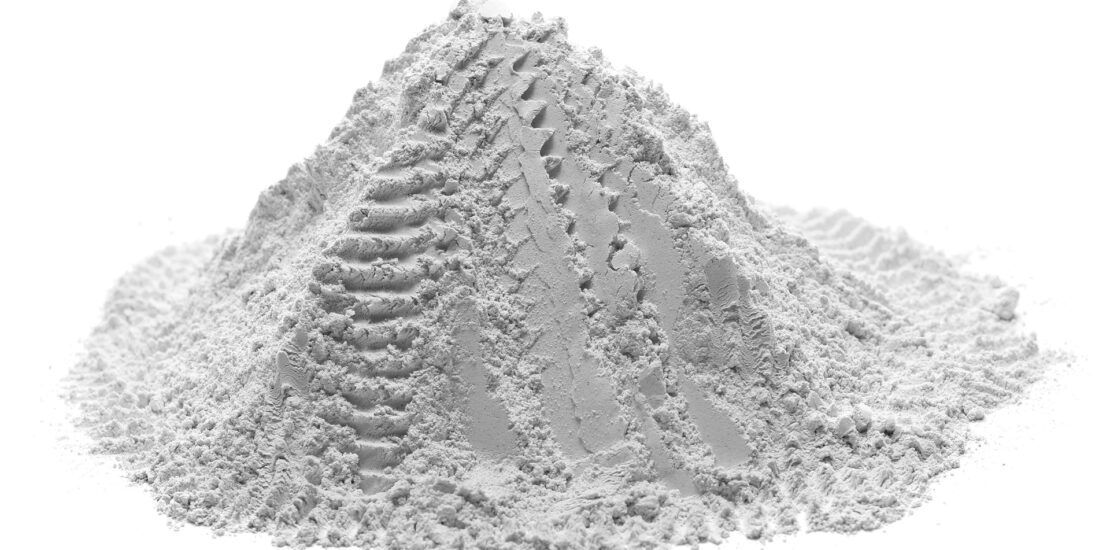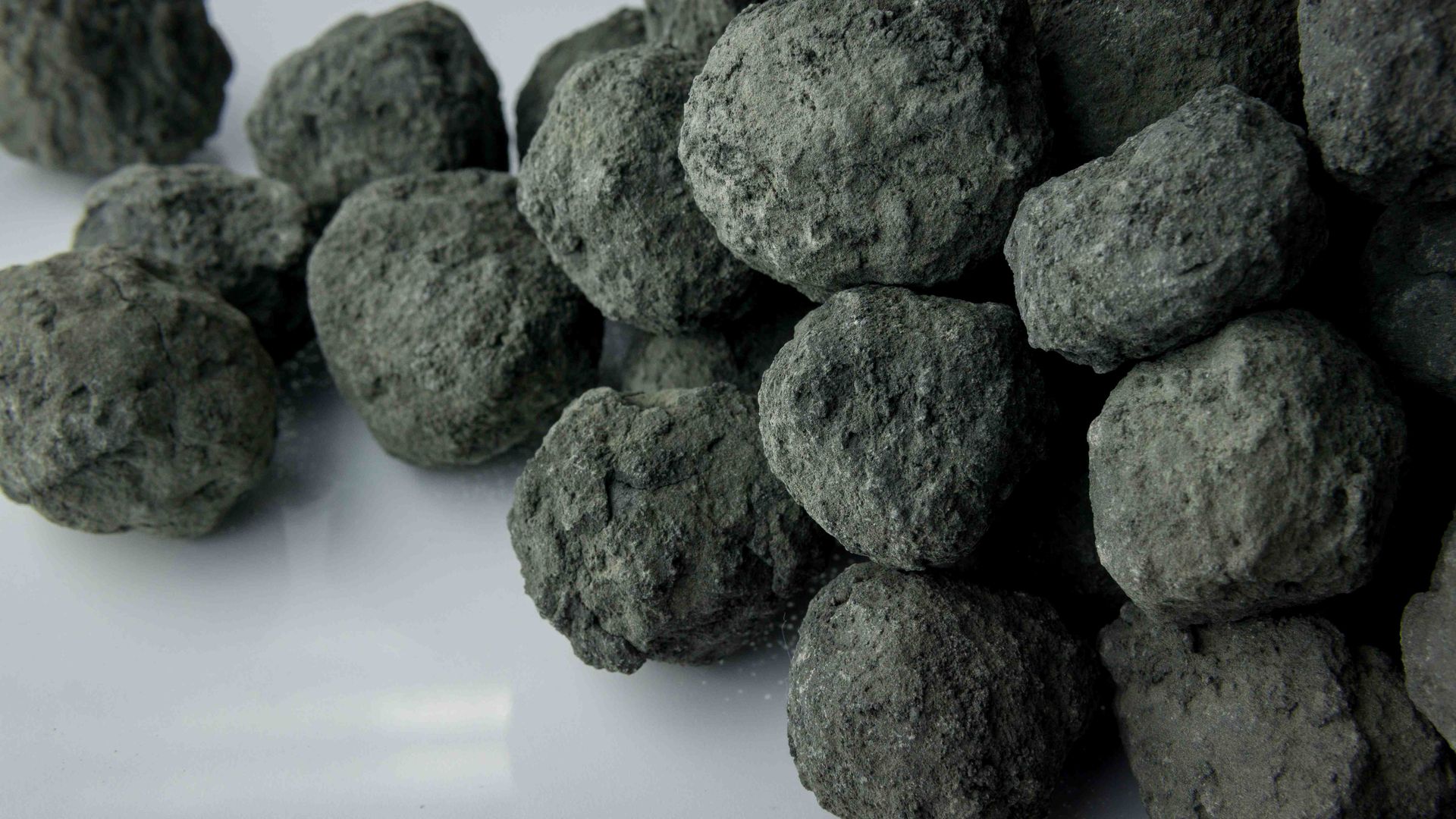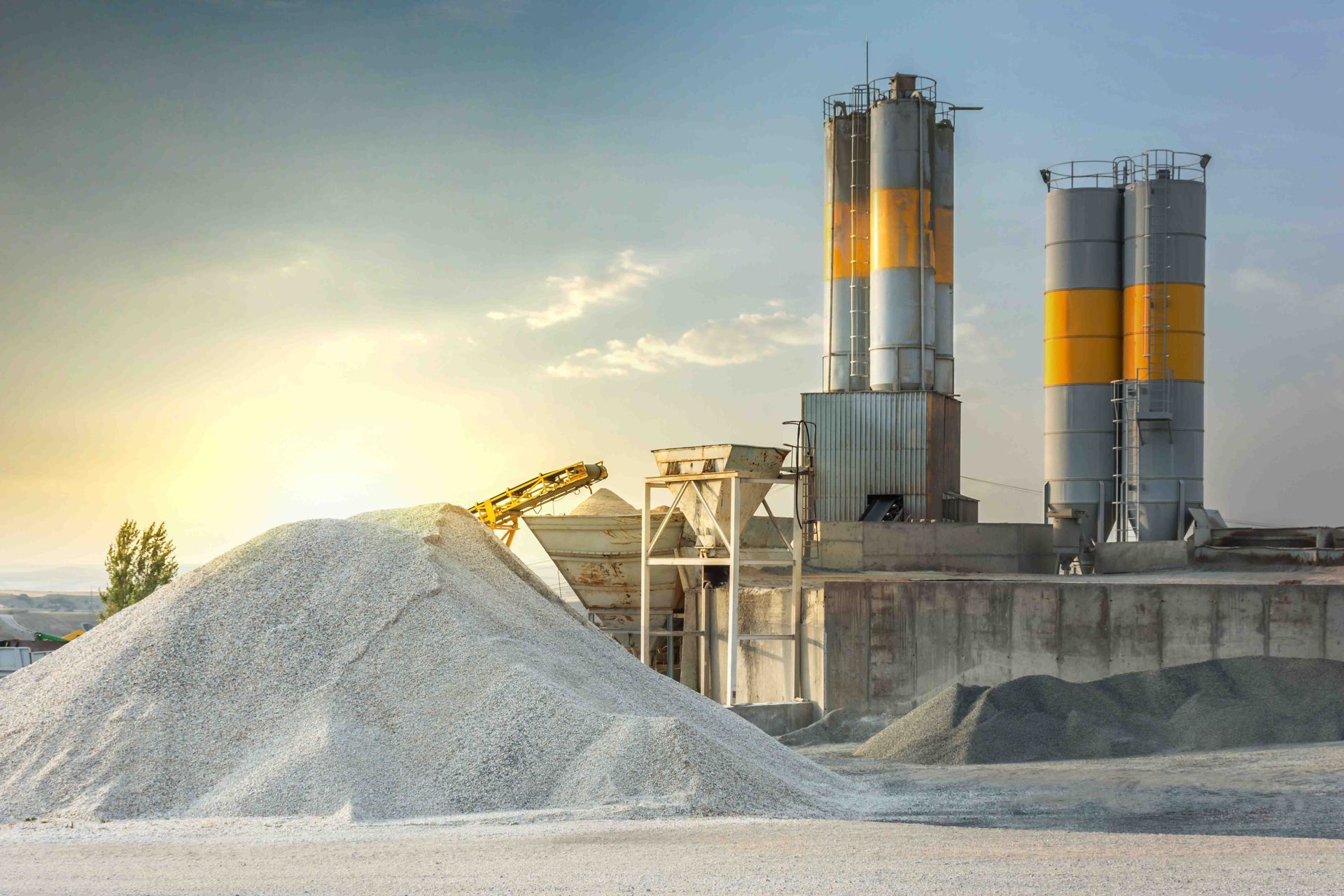What Is The Difference Between Grey And White Cement?

In construction, cement is a crucial building material. It is the very heart of every construction. Cement is the core material used to make concrete, which is the building adhesive that joins the bricks and also gives a uniform and strong finish to the structure. Often, people who do not know much about cement tend to randomly ask for white or grey without knowing whether it will serve their purpose or not. Suffice to say, both varieties though commonly used, serve different goals. Consequently, we decided to dedicate an entire post to help you understand the difference between the two and eliminate all confusion. In that context, the first essential thing to know is that the most common form of cement is the Portland Cement.
Types Of Portland Cement
There are 2 main types of Portland cement. These are –
- Ordinary Portland Cement – Also known as the OPC or the Grey Cement, this happens to be the most widely used form. This cement gets its distinct dark color from the high concentration of oxides in the raw ingredients, like iron oxide, magnesium oxide, chromium oxide, and manganese oxide.
- White Portland Cement – Also known as White Cement, this happens to be used where the aim is to get a light even base during construction or building something. The lack of color is thanks to the presence of aggregates like marble and a very low concentration of oxides in the raw ingredients.
Difference Between Grey And White Cement
Grey and white types of cement are two distinct varieties of Portland cement. So when you ask for it, you need to specify which color you want. Their only similarity lies in the fact that both undergo the same processing. Apart from that, they both have different physical, technical, and mechanical details. Let us now have a look at these differences.
Color
- Grey Cement – As is evident by the name itself, grey cement is dark in appearance and resembles the grey color palette. The dark notes come from the presence of oxides in the raw materials used for manufacturing the cement.
- White Cement – This cement is light in color and resembles the white palette. Although it would be wrong to say it is absolutely white, it banks heavily on that side. The whiteness of the cement is due to the low level of oxides in its raw materials. Sometimes, marble is crushed to a fine powder and added to make it even more white.
Texture
- Grey Cement – The texture of grey cement is coarse. When you touch it, it feels granular and not smooth.
- White Cement – The texture of the white cement is very fine. On touching it, you will feel a smooth powder-like quality.
Coverage
- Grey Cement – Due to its granular structure, the coverage provided by grey cement is not complete. It may miss a few portions requiring application of a considerable amount to give an even finish.
- White Cement – White cement, being smooth, is able to coat the surface evenly. Therefore, it gives a better and smoother finish even in small quantities.
Manufacturing Time
- Grey Cement – The manufacturing time, from raw material to finished product, of grey cement is less compared to that of white cement.
- White Cement – The manufacturing of white cement takes more time.
Cost Of Manufacturing
- Grey Cement – Thanks to the advancements in processing and technology, the cost of manufacturing grey cement is not very high.
- White Cement – Although inexpensive, the cost of manufacturing white cement is still more than that of grey cement.
Kiln Fuel
- Grey Cement – The fuel used in the kiln or furnace for heating the raw materials is coal, petroleum coke, natural gas, or fuel oil. There is no worry about contamination of the finished product by coal ash.
- White Cement – When manufacturing white cement, oil is used as a kiln fuel when manufacturing white cement. This is done to avoid any contamination of the finished product. Coal ash, which is produced by other fuels, can compromise the whiteness of the cement.
Refractive Index
- Grey Cement – It has a low refractive index compared to white cement.
- White Cement – It has a high refractive index compared to grey cement.
Applications
- Grey Cement – It is used in concrete to construct walls, lay the floor, build stairs and pillars, etc., of a building. The building of dams, lighthouses, tunnels and other engineering marvels is possible because of grey cement. Furthermore, it is used in making roads, footpaths, and water tanks, manufacturing precast pipes, protecting the exposed face of any structure from the elements of nature, and so on.
- White Cement – White cement is commonly used in projects where the beauty of the structure is of prime importance. It finds application in interior and exterior decorations, whitewashing walls, making murals and statues, etc.
Advantages
- Grey Cement – The main advantages of grey cement are that it is most readily available and can easily be put to a variety of different uses.
- White Cement – The main advantage of white cement is its soft texture and color. Both these things make it the most sought-after for artistic endeavors.
Disadvantages
- Grey Cement – The main disadvantage of grey cement is its dark color. Its grey appearance makes it necessary to coat it with white cement before adding any color to the surface.
- White Cement – To maintain a consistent appearance, the builders involved in a massive construction project must acquire large quantities of white cement from the same producer. It is because the shade of white tends to differ from cement manufacturer to manufacturer.
To Conclude
Grey and white cement are common forms of the portland cement. Both are strong and readily available nowadays. Depending on the demands of the construction project, you can opt to use either the grey or white variety. You can also use both, with grey at the base and white to cover its darkness. What is essential here is to understand that both types of cement serve a different purpose and must be used accordingly.
Disclaimer: The information on this website and blog is for general informational purposes only and is not professional advice. We make no guarantees of accuracy or completeness. We disclaim all liability for errors, omissions, or reliance on this content. Always consult a qualified professional for specific guidance.






